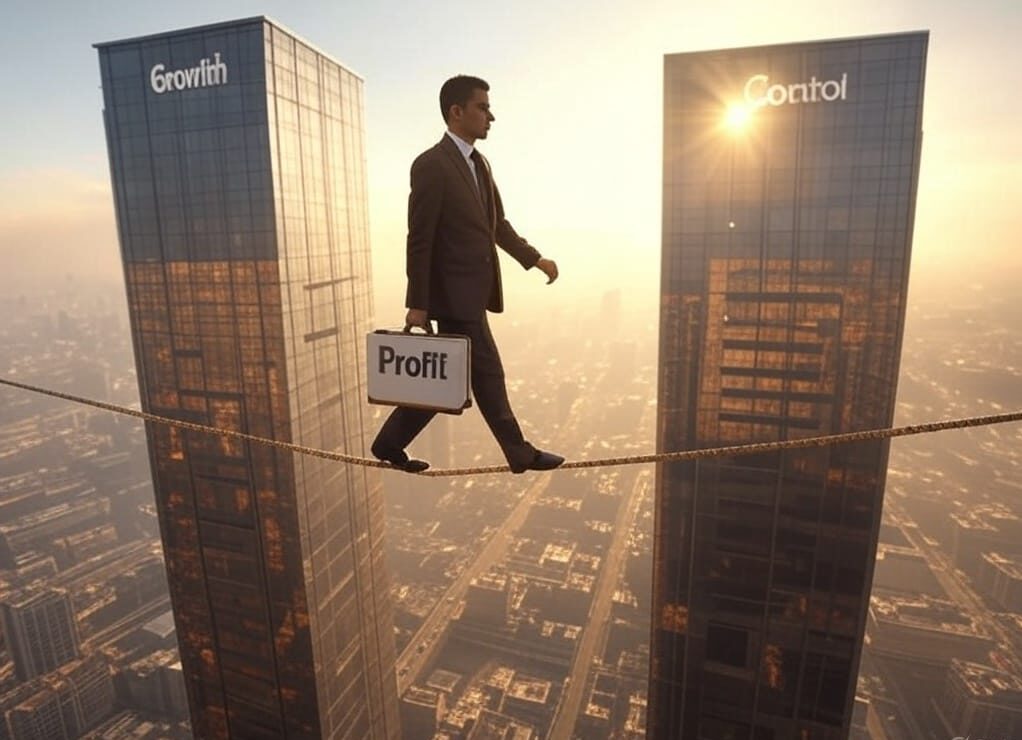
Is dropshipping still worth it in 2025—or just a race to the bottom? With over 25,000 new Shopify dropshipping stores launching monthly and profit margins shrinking to 10–30%, the answer isn’t black-and-white. This guide cuts through the hype, blending hard data (think: ad costs, supplier pitfalls, and survival rates) with battle-tested strategies to help you decide.
You’ll learn why micro-niches like “vegan leather pet accessories” outearn generic stores, how to dodge $1.50-per-click ad traps, and when to pivot to alternatives like private labeling. Whether you’re eyeing a side hustle or scaling to six figures, we break down the risks, rewards, and real-world math—no fluff, just facts. Let’s dive in.
Key Takeaways
- Dropshipping offers low startup costs but comes with slim profit margins (typically 10–30%).
- Success hinges on niche selection, supplier reliability, and marketing savvy.
- While 27% of online retailers use dropshipping, only 10–20% of stores survive past 2 years due to high competition.
- Alternatives like wholesaling or print-on-demand may offer better scalability for long-term growth.
What Is Dropshipping?
Dropshipping is an e-commerce model where you sell products without holding inventory. When a customer places an order, the supplier ships it directly to them. You act as the middleman, earning a profit margin on each sale.
Example:
A customer buys $50 yoga mat from your website. You pay the supplier $35 and keep the $15 profit.
Pros of Dropshipping: Why It’s Still a Viable Model
1. Minimal Financial Risk
- Start for under $500: Platforms like Shopify(29/month) and WooCommerce (free) let you launch a store without inventory costs.
- No dead stock: Traditional retailers lose $1.1 trillion annually from unsold inventory. Dropshipping eliminates this risk.
- Case Study: EcoVibe, a sustainable home goods store, started with 200 and scaled to 50k/month by testing 30+ products risk-free.
Dropshipping offers low startup costs—you can even launch a dropshipping business with no money by leveraging free trials and organic marketing. With no inventory to manage, it’s a low-risk way to test e-commerce.
2. Geographic Flexibility
- Work remotely: 68% of dropshippers operate from home or while traveling.
- Global customer base: Partner with suppliers in multiple regions (e.g., EU suppliers for faster shipping to European customers).
3. Rapid Market Entry
- Launch in 48 hours: Use tools like DSers (AliExpress automation) to import 100+ products instantly.
- Test trends fast: Capitalize on viral products (e.g., “portable air conditioners” spiked 300% during 2025 heatwaves).
4. Low Operational Complexity
- Automation tools:
- Oberlo: Auto-sync inventory and process orders.
- AutoDS: Reprice products based on competitor pricing.
- Focus on marketing: Redirect time saved on logistics to TikTok ads or email campaigns.
Cons of Dropshipping: The Hidden Challenges
1. Razor-Thin Margins
- Typical margins: 10–30% (vs. 50%+ for private-label brands).
- Breakdown of a $100 sale:
- Product cost: $50
- Shipping: $15
- Ads: $20
- Profit: $15 (15%)
- Solution: Upsell high-margin accessories (e.g., Sell a $10 phone stand with a $50 phone case.).
2. Supplier Nightmares
- Common issues:
- Shipping delays: 21-day delivery times from China vs. customer expectations of 2–5 days.
- Quality control: 1 in 5 orders has defects (e.g., wrong size, damaged items).
- Fix: Use US/ EU-based suppliers (e.g., Spocket) for faster shipping and better quality, even if product costs rise 10–15%.
3. Zero Brand Loyalty
- Problem: Customers often reorder directly from suppliers (e.g., finding the same $10 yoga mat on AliExpress for $6).
- Data: Only 12% of dropshipping customers return, vs. 35% for private-label brands.
- Workaround:
- Add custom packaging inserts ($0.50/order) with discount codes for repeat purchases.
- Build a community (e.g., a Facebook group for “yoga enthusiasts”) to foster loyalty.
4. Ad Costs Are Brutal
- 2025 Ad Benchmarks:
- Facebook/Instagram: 1.20–2.50 per click
- TikTok: 0.80-1.50 per click
- Google Ads: 1.50–3.00 per click
- Result: Most stores need a 4–7x ROAS (Return on Ad Spend) to break even.
- Survival Tactic: Combine paid ads with organic growth (e.g., SEO for “best eco-friendly water bottles” or UGC campaigns).
Is Dropshipping Worth It? A Realistic Roadmap
Scenario 1: Worth It If…
- You’re a Side Hustler:
- Goal: Earn 500–500–2k/month extra.
- Strategy: Sell 5–10 niche products (e.g., “cat grooming gloves”) with low competition.
- Tools: TikTok Organic + $10/day Pinterest Ads.
- Example: PawPerfect hit $1.5k/month selling cat trees by targeting “small apartment pet owners” on Reddit.
- You’re a Trend Jumper:
- Goal: Capitalize on short-term trends (e.g., “AI-powered skincare tools”).
- Strategy: Use Google Trends and Exploding Topics to spot 3–6 month fads.
- Exit Plan: Sell the store on Exchange Marketplace before the trend dies.
Scenario 2: Not Worth It If…
- You Want Passive Income:
- Reality: Dropshipping requires 10–15 hours/week for customer service, supplier coordination, and ad tweaks.
- Better Option: Invest in dividend stocks or REITs.
- You’re Targeting Oversaturated Niches:
- Examples: Fitness gear, jewelry, phone accessories.
- Data: The top 10% of dropshippers earn 80% of the profits in these markets.
The Hybrid Approach (Best of Both Worlds)
- Start with Dropshipping: Validate demand for “vegan leather laptop sleeves.”
- Transition to Private Label: After 100 sales, rebrand with custom logos and packaging.
- Raise Prices: Increase margins from 20% to 50% by positioning as a premium brand.
Is Dropshipping Worth It? 3 Questions to Ask
1. Do You Have a Unique Angle?
- Winning Example: BundleBait sells themed mystery boxes (e.g., “Camping Survival Kits”) instead of generic products.
- Losing Example: A store selling “LED Face Masks” with no USP struggles against 1,000+ competitors.
2. Can You Handle Customer Service Challenges?
- Returns and complaints are 3x harder to manage with third-party suppliers.
- Tools like Zendesk or outsourcing to agencies like SupportYourApp may cost 300–300–1,000/month.
3. Are You Prepared to Market Aggressively?
- Organic growth (SEO, TikTok) takes 6–12 months to gain traction.
- Top-performing stores spend 20–35% of revenue on ads.
Steps to Succeed in Dropshipping
- Pick a Niche with “Hungry” Demand
- Use Google Trends and Ahrefs to find rising searches (e.g., “sustainable pet toys” ↑ 89% in 2025).
- Avoid oversaturated markets (e.g., phone cases, yoga pants).
- Partner with Reliable Suppliers
- Vet suppliers on AliExpress (4.8+ ratings, 1,000+ orders) or use vetted platforms like Spocket.
- Optimize for Conversions
- Use Loox for customer review pop-ups (boosts trust by 62%).
- A/B test product pages with Google Optimize.
- Diversify Traffic Sources
- Run TikTok ads (CPC: 0.50–0.50–1.00) and collaborate with nano-influencers (cost: 50–50–200/post).
Alternatives to Dropshipping
| Model | Pros | Cons |
|---|---|---|
| Wholesaling | Higher margins (40–60%) | $5k+ inventory investment |
| Print-on-Demand | Full branding control | Lower demand for custom products |
| Private Label | Exclusive products, loyal customers | High upfront costs ($10k+) |
Conclusion: Is Dropshipping Worth It?
Dropshipping is worth it if:
- You treat it as a side hustle (1–5 hours/week).
- You niche down aggressively (e.g., “vegan leather bags for cat owners”).
- You’re ready to pivot quickly based on trends.
For full-time income, consider hybrid models:
- Use dropshipping to validate demand, then transition to private labeling.
Dropshipping is a launchpad for new entrepreneurs. Whether you’re still asking “what is dropshipping?” or ready to scale, our pillar post covers everything from setup to advanced strategies.
FAQ
What’s the biggest mistake new dropshippers make?
Choosing generic products. Use Jungle Scout to find gaps in the market.
Is dropshipping dead in 2025?
No, but success requires micro-niches and omnichannel marketing (TikTok + email + SMS).

